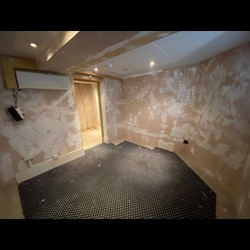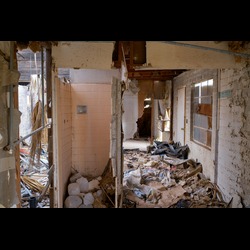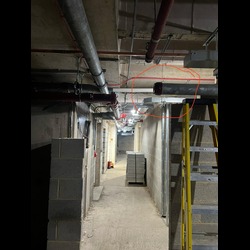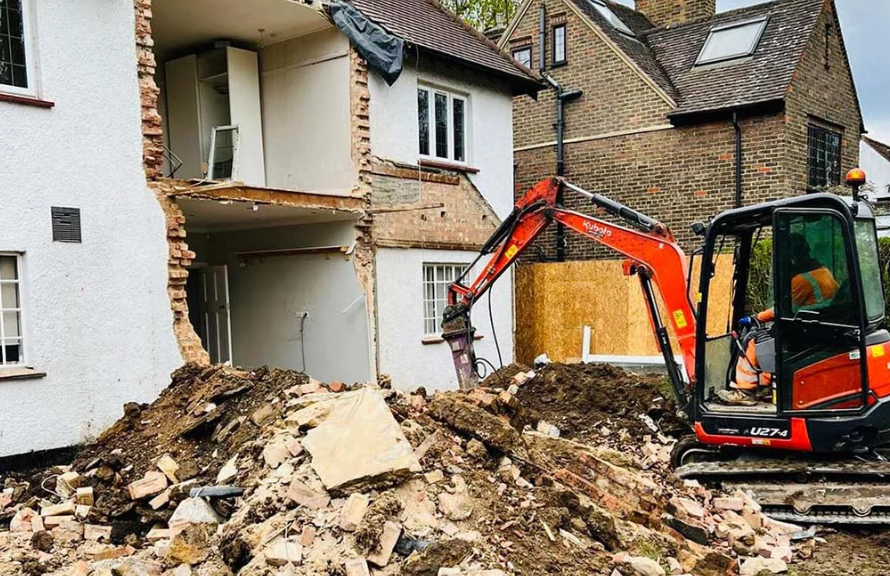What Is Top Down Demolition?
Top-down demolition is a step-by-step process of deconstructing a building floor by floor, starting from the roof or topmost level and working downward. Unlike traditional demolition methods that may involve explosives or wrecking balls, top-down demolition is a slower but highly controlled approach. Depending on the structure's size and complexity, the process uses manual labor and specialized equipment like small hydraulic breakers, jackhammers, or mini-excavators. Debris is carefully managed and transported, ensuring the site remains clean and safe throughout the project.
When Is Top Down Demolition Used?
Top-down demolition is commonly used in urban areas or high-density zones where buildings are close together, and there is a need to minimize noise, dust, and vibrations. It is particularly effective for locations with restricted access, such as narrow streets or confined spaces, where large equipment cannot be brought in. This method is also suitable for selective demolition projects, where only a specific building section needs to be dismantled while preserving the rest. High-rise buildings often require top-down demolition due to the structural challenges of working at height, ensuring the process remains stable and controlled.







